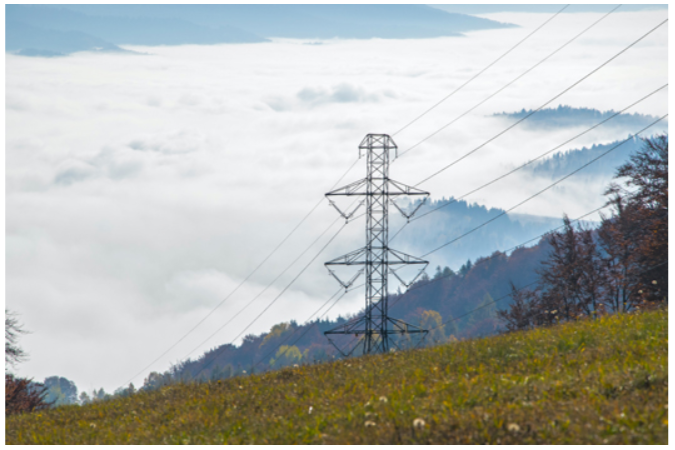
Expropriation is the forceable taking of property by an acquiring authority for a public project, such as a road, transmission line, pipeline etc. In the vast majority of cases, only a small portion of a property is taken, and sometimes only a partial interest is required. Pipelines, for example, only require a sub-surface easement interest, allowing the owner to continue using the surface for anything that doesn’t interfere with the operation and maintenance of the pipeline itself. Transmission lines are happy to share, requiring only an easement interest for the towers and the overhead lines. Regardless of whether the interest is full (fee simple) or partial (easement), the acquiring authority pays compensation for the value of the interest taken, the boundaries of which are defined by a survey plan and a legal description, properly recorded at the Land Registry.
In some instances, however, an acquiring authority may exert control beyond the boundaries of what it has legally acquired. In Nova Scotia, new highways are usually designated as controlled access highways under the Public Highways Act, imposing potential new restrictions on building setbacks. A permit from the Minister is required for the construction of buildings and structures within 60 metres (197 ft.) of the limit of a designated controlled access highway or within 100 metres (328 ft.) of its centre line. That is probably far more restrictive than the local By-Laws require, potentially sterilizing a fair chunk of land alongside the new highway unless Ministerial approval is granted. In rural areas it probably doesn’t matter, but in urban areas it might, especially if there is a potential for development. The Public Highways Act does allow compensation for so-called injurious affection resulting from a controlled access highway designation … but not for new highways. So, any compensation in respect of new setbacks alongside new highways must presumably be claimed via the Expropriation Act, even though the restrictions are authorised under a different act.
Pipeline easements come with similar strings attached. Oil and gas pipelines are regulated under the National Energy Board Act (which strictly speaking grants orders for rights of entry rather than expropriations). The Act imposes an automatic 30 metre (98 ft.) Prescribed Area – or safety zone – on either side of the pipeline, within which so-called ground disturbances and construction activities are restricted. Some activities are totally prohibited and others require the pipeline company’s permission. So, whilst the pipeline company only acquires the easement within which its pipeline sits, it casts a 30 metre shadow on either side. Compensation for restrictions within the 30 metre safety zone is often challenged but has been awarded and upheld by the Federal Court in valid circumstances. Again, in rural areas it might have little impact, but in urban areas it most likely will, especially if it interferes with development plans.

Lee Weatherby is the Vice President of our Counselling Division. If you’d like more information about our counselling services, including advice on expropriation matters, feel free to contact Lee at (902) 429-1811 or .
